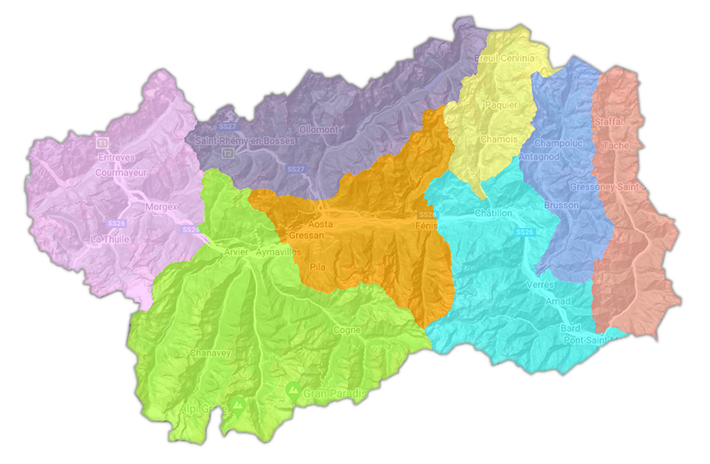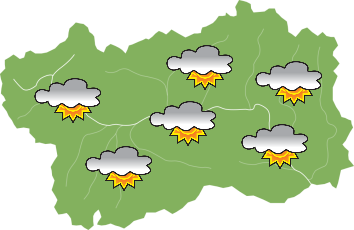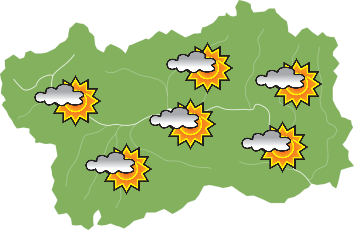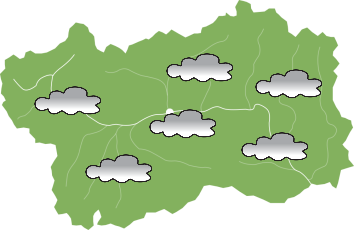A journey among the stars in the Aosta Valley
Perched at over 1,600 m above sea level in Lignan, in the heart of the Saint‑Barthélemy valley, awaits an experience that will take you beyond the sky.
Here stand the Planetarium and the Astronomical Observatory of the Aosta Valley (OAVdA): two unique sites in Italy where science becomes wonder, and the universe reveals itself before your eyes.
Planetarium of Lignan
Prepare to embark on a journey through space and time.
The immersive shows - last about an hour - transport you among galaxies, planets and nebulas, with high‑definition images reproduced in lifelike detail by a cutting‑edge 4K digital projection system.
No matter the weather, the spectacle remains: they’re held rain or shine and updated monthly to offer something new every time.
The planetarium is equipped with an air‑exchange system for comfort and safety.
Book your show
Regional Astronomical Observatory
Open since 2003, the OAVdA is one‑of‑a‑kind in Italy, working in collaboration with INAF – National Institute for Astrophysics, and hosts one of the largest instrument collections in Europe.
Here you can:
- Observe the Sun safely in the Heliophysical Laboratory
- Explore the sky with the naked eye from the Theater of Stars, guided by a laser pointer
- Admire constellations and planets through 25 cm Cassegrain telescopes
Scientific excellence has enabled the Foundation to establish dozens of collaborations at home and abroad. Alongside research and tech transfer, astronomers personally design and conduct activities for schools and the public.
Throughout the year, they lead guided night tours, revealing the sky in high altitude, far from light pollution.
If weather prevents stargazing, the experience continues indoors with digital-sky projections and science deep-dives.
Book night tours
Daytime visits are instead reserved for schools and organized groups: discover the secrets of the telescopes and, weather permitting, observe the Sun up close. Even in cloudy conditions, don’t worry: real images from space missions will show you the Sun in new light. Educational activities are also offered in English and French.
Book daytime educational activities










